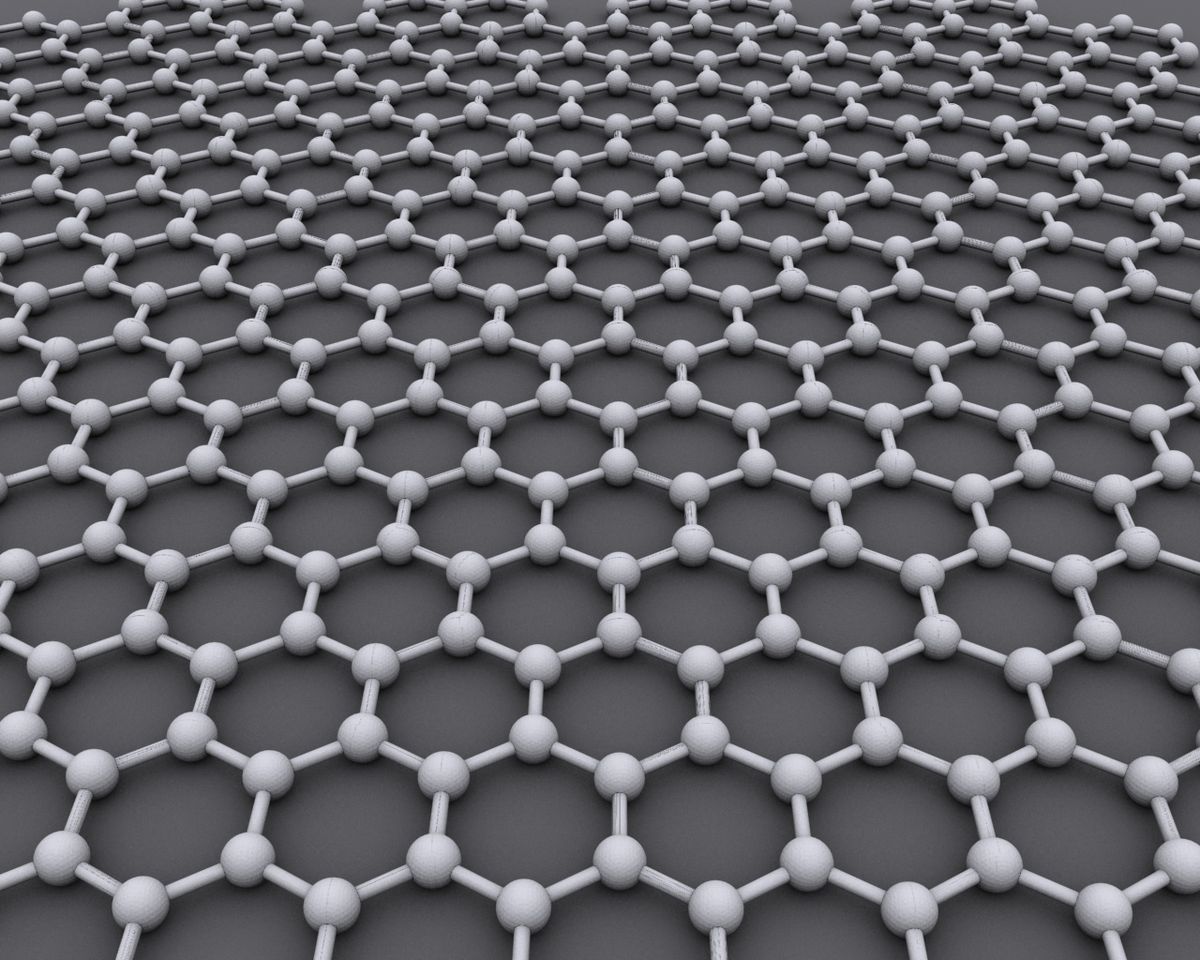
Graphene coatings may offer the ability to control the water evaporation process from various surfaces, according to new research.
The study, carried out by a team from the Chinese Academy of Sciences and the Collaborative Innovation Center of Quantum Matter (Beijing), looked at the interactions of water molecules with various graphene-covered surfaces.
Lead author Dr. Yongfeng Huang, from the Chinese Academy of Sciences, said: “Water droplet evaporation is a ubiquitous and complicated phenomenon, and plays a pivotal role in nature and industry. Understanding its mechanism at the atomic scale, and controlling evaporation rate rationally is important for applications including heat transfer and body-temperature control. However, it remains a significant challenge.”
The team’s experiments showed that a graphene coating controls water evaporation by suppressing the evaporation rate on hydrophilic surfaces, and accelerating evaporation on hydrophobic ones.
“More importantly, we found graphene is ‘transparent’ for evaporation. When a hydrophilic surface is coated with graphene, the contact line of the water droplet is dramatically shortened or elongated, because of adjustment in wetting angles. This leads to changes in the evaporation rate,” said Dr. Huang
The researchers wanted to understand the ‘transparency’ in graphene-mediated evaporation, and uncover its underlying structure on the atomic scale. To do this, they conducted molecular dynamics simulations on water droplet evaporation, on surfaces with and without a graphene coating.
For the first time, they identified the atomic-scale mechanism for substrate-induced evaporation events. They found that water molecule forms a precursor state at the contact line before it evaporates.
Dr. Huang explained “Further analysis showed water density in evaporation transition states is largest at the contact line, then decreases exponentially as it goes away from the substrate. Single water desorption at the contact line dominates the droplet evaporation process. Since the graphene does not alter the binding energy of a single water molecule, it has negligible effects on evaporation of per contact line.
“Our results are an important discovery on graphene-mediated evaporation, and also point to new ways to rationally control evaporation process, for realistic applications in heat transfer, printing and related areas.”
Professor James Sprittles from the University of Warwick assessed the work, noting “Using experiments supplemented with molecular dynamics simulations, Dr. Huang and co-workers have provided fascinating insights into the molecular mechanisms governing the evaporation of water droplets on technologically-relevant graphene coated substrates,” adding that “their research shows that wettability is solely responsible for evaporation rate changes, and simultaneously opens up several interesting topics for future research, such as how molecular effects (e.g. precursor nanofilms and thermal fluctuations) can be incorporated into macroscopic modeling.”
